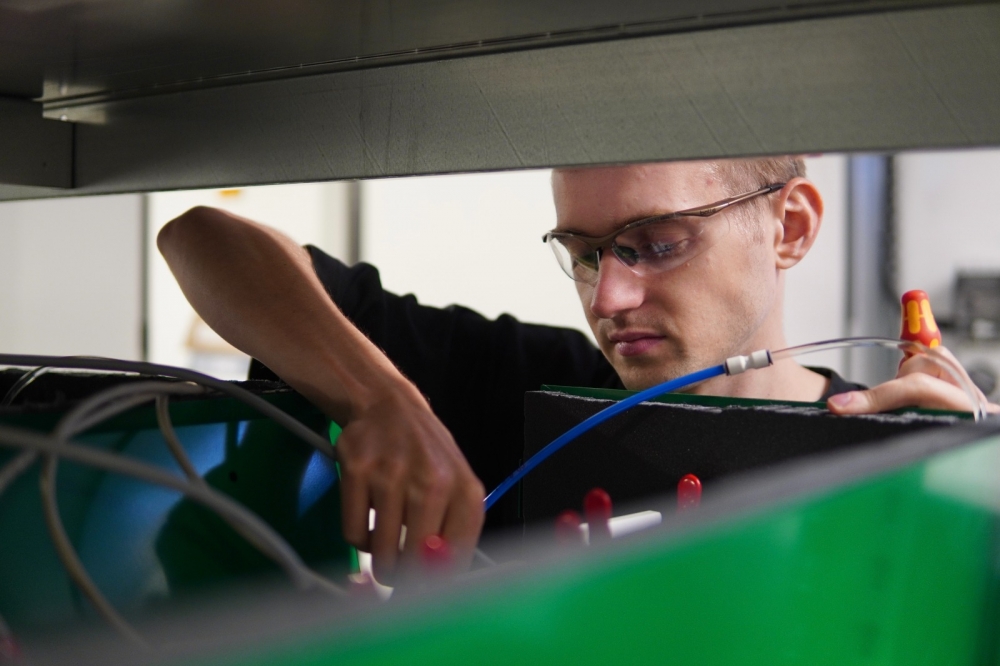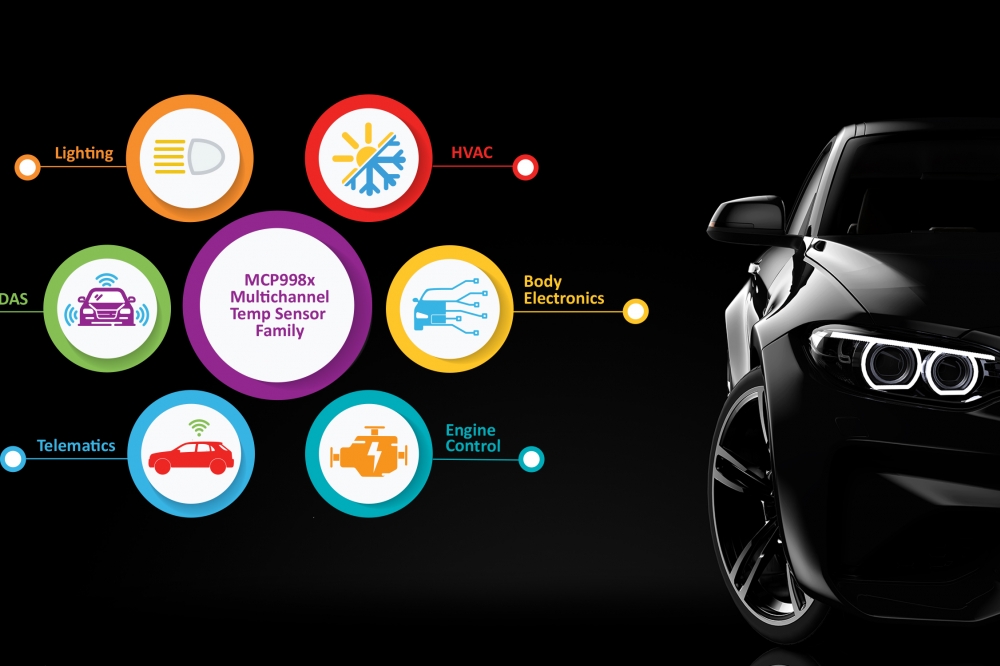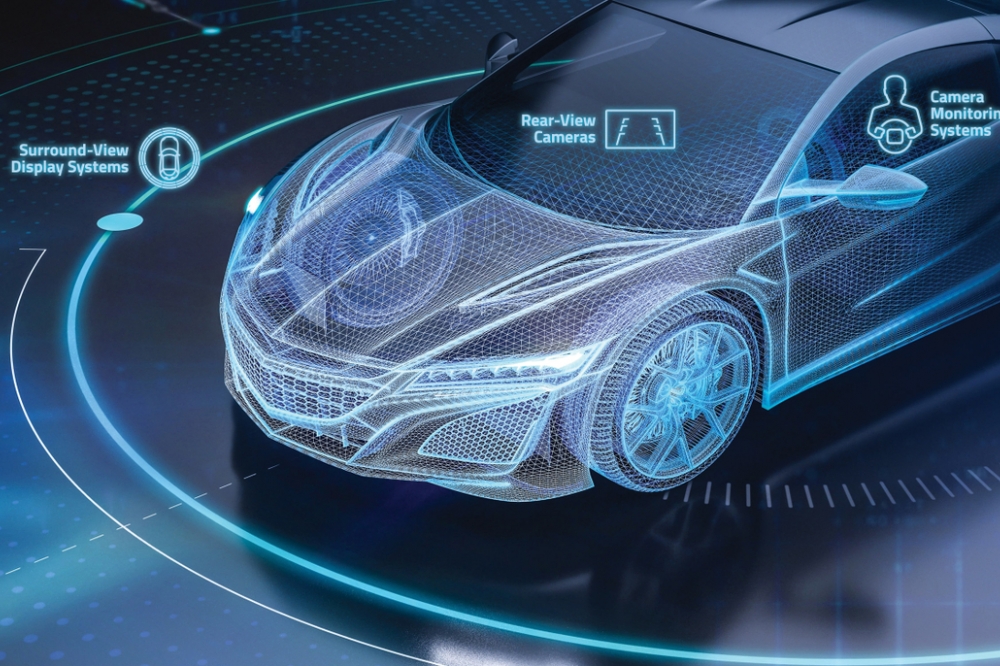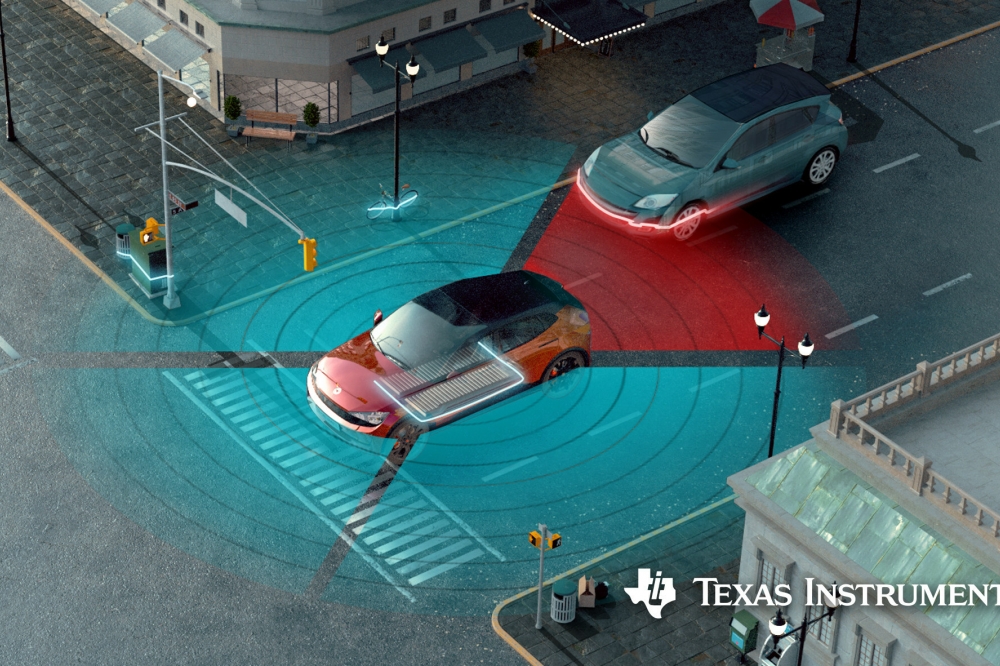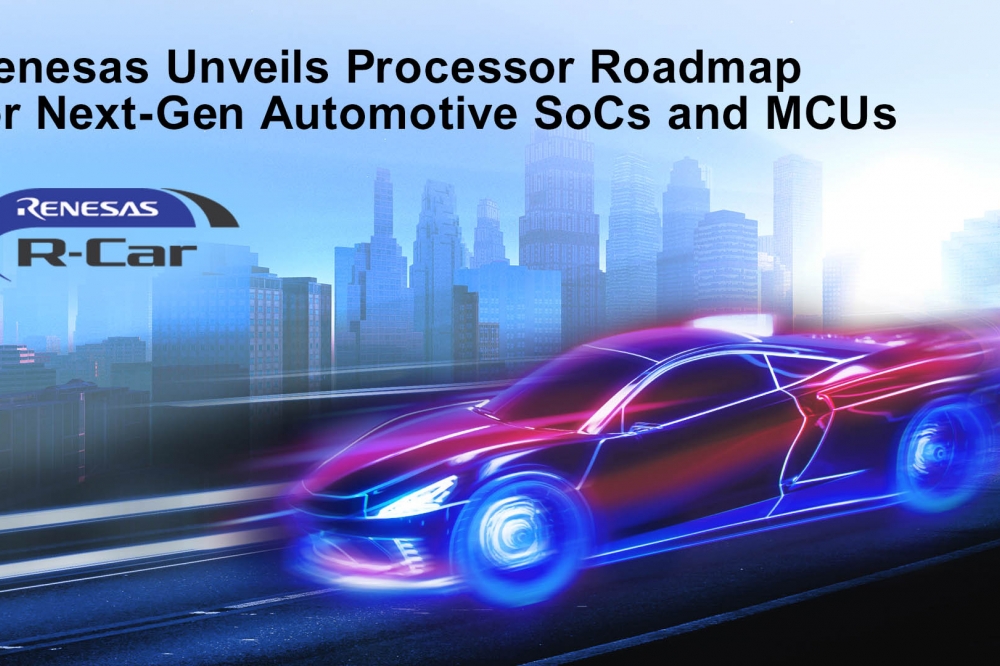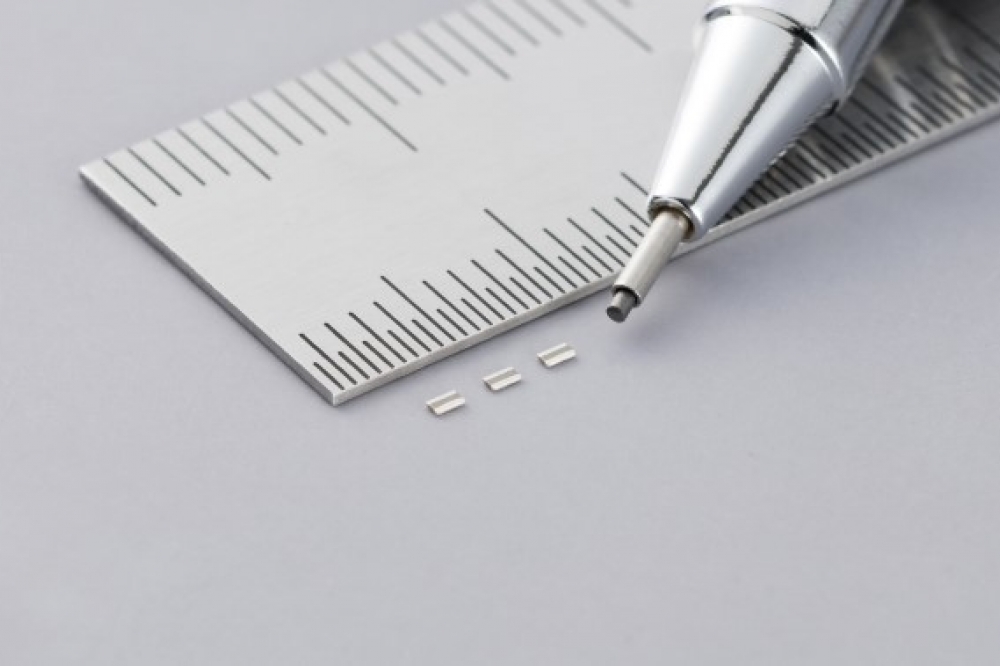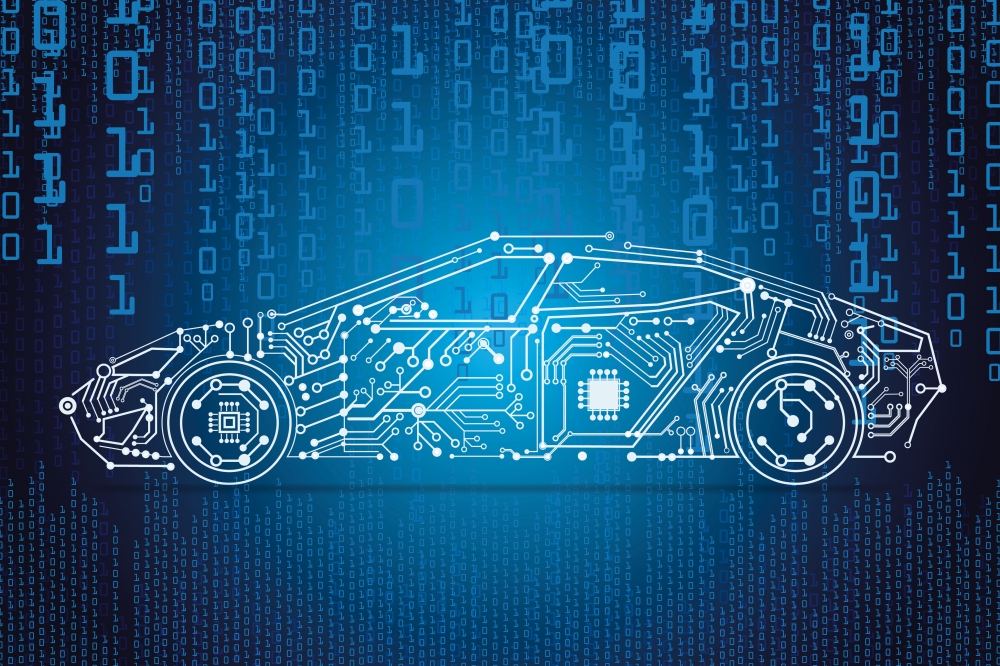Solaris officially launches the fuel cell powered Urbino 12 hydrogen
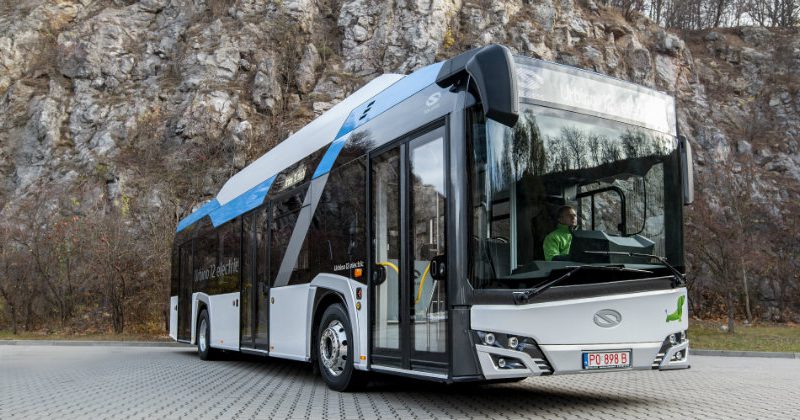
At the UITP Global Public Transport Summit 2019 held in Stockholm, Solaris presented two zero-emission vehicles.
The Solaris Urbino 12 hydrogen which celebrates its world premiere, complements the manufacturer’s electromotive offer. The second vehicle is the well-known Solaris Urbino 12 eletric in its newest design, characteristic for all new vehicles from Bolechowo since January this year.
Solaris was one of the first electric bus manufacturers to direct its research and development efforts towards electric drivelines. Nearly a decade after the première of its first e-bus, Solaris is now supplementing its zero-emission bus range with the Urbino 12 hydrogen in which hydrogen is transformed into electric energy directly fed into the driveline of the vehicle. Hydrogen technology used for power generation will enable buses to traverse even longer distances completely emission-free.
Hydrogen-fuelled buses will allow to create a complementary emission-free bus portfolio thanks to which Solaris will be braced for contemporary challenges and the diverse needs of customers with regard to range, flexibility and operability of vehicles. The manufacturer believes that the development of all electromobility branches, be that battery buses, trolleybuses or hydrogen-fuelled vehicles, should proceed in synergy, and that this process is indispensable to ensure sustainable transport of the future.
The advantages of hydrogen as an energy source are indisputable. Thanks to its density and lightness, this element may constitute a clean energy source for vehicles, and it may enable them to cover a distance of up to several hundred kilometres. Considering the fact that hydrogen can be produced from water in the electrolysis process, it is a really clean source of energy. It is also a perfect solution for operators who have access to hydrogen derived from renewable sources, or from the industrial processes. Using reverse electrolysis, hydrogen fuel cells are relatively small in size and they generate energy during the operation of the vehicle. That is why they are an ideal solution when a long drive range has to be ensured. Hydrogen refilling takes little time and is quite convenient, not differing much in essence from refilling a vehicle with petrol.
The electric Urbino 12 hydrogen is fitted with a cutting-edge fuel cell that acts as a miniature hydrogen power plant on board of the vehicle. Thanks to the use of advanced technology, the bus will be capable of covering up to 350 km on a single refill. In a hydrogen fuel cell electric power is generated in a process called reverse electrolysis and then passed on directly to the driveline. The sole products of the chemical reaction occurring in the fuel cell are heat and steam. Consequently, the vehicle does not generate any noxious substances whatsoever.
A set of 60 kW fuel cells was used in the Solaris hydrogen buses. As a whole, the hydrogen system contains also auxiliary devices, responsible for instance for the supply of gas and oxygen at an adequate pressure, for the recirculation of the resource that has not been used up, and also for maintaining a proper and stable temperature of the fuel cells during operation.
The novelty of Solaris’ portfolio will be also fitted with a small Solaris High Power traction battery which is to support the fuel cell whenever the demand for energy is the highest. The battery is filled with energy derived from hydrogen and through the regenerative braking, though it is also possible to recharge it by means of a plug-in socket. Complementing the driveline is an axle with integrated electric motors.
As for the hydrogen storing technology, the Urbino 12 hydrogen features cutting-edge solutions. The chemical element is compressed in gaseous form at a pressure of 350 atmospheres into 5 new-generation tanks placed alongside the bus roof. Thanks to the use of type-4 hydrogen tanks, engineers of the Solaris Technical Office managed to reduce the mass of the cyllinders by ca. 20% compared to the parameters of the previous model. The set of composite tanks, placed longitudinally above the first axle of the vehicle, allows for a hydrogen storage capacity of 36.8 kg. A multifunctional valve is installed at the end of each tank; this valve includes a range of safety elements: a solenoid valve, an emergency valve activated by high temperature and an overload valve cutting off the flow of hydrogen in case of loss of containment of the system.
In order to reduce energy use to a maximum, the vehicle will feature a climate comfort system with a CO₂ heat pump that allows to use waste heat from the fuel cell. This solution guarantees very high efficiency and allows to increase the drive range of the vehicle even more.
Solaris officially launches the fuel cell powered Urbino 12 hydrogen
Modified on Monday 10th June 2019
Find all articles related to:
Solaris officially launches the fuel cell powered Urbino 12 hydrogen


 Add to my Reading List
Add to my Reading List Remove from my Reading List
Remove from my Reading List